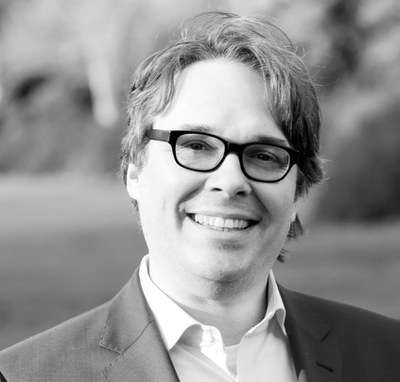Prof. Dr. Klaus Eisenack
Professor of Economics
Klaus Eisenack is professor for economics, in particular environmental and institutional economics, at the department for Resource Economics at Humboldt University Berlin, Germany. He was head of the Oldenburg Center for Sustainability Economics and Management (Centos) since 2012 until 2016. He led the Chameleon Research Group on adapting infrastructure to climate change (2008-2014). From 2001-2008 he worked at the Potsdam Institute for Climate Impact Research (PIK), and holds a PhD in mathematics from the Free University Berlin (2006). He consults organizations on the European level and in Germany, and is active in public understanding of science (e.g. with the climate change game Keep Cool). His research focuses on long-term institutional games with natural and technological resources. Research areas are polycentric climate governance, adaptation to climate change, the energy transition, modeling of institutional arrangements, and natural resource management.
Selected Publications
- Eisenack, K., S. Moser, E. Hoffmann, R. Klein, C. Oberlack, A. Pechan, M. Rotter, and C. Termeer (2014) Explaining and overcoming barriers to climate change adaptation, Nature Climate Change 4, 867–872.
- Oberlack, C. und K. Eisenack (2014) Alleviating barriers to urban climate change adaptation through international cooperation, Global Environmental Change 24, 349-362.
- Eisenack, K. and R. Stecker (2012): A framework for analyzing climate change adaptations as actions, Mitigation and Adaptation Strategies for Global Change 17 (3), 243-260.
- Eisenack, K., O. Edenhofer and M. Kalkuhl (2012): Resource rents: the effects of energy taxes and quantity instruments for climate protection, Energy Policy 48, 159-166.
- Schlüter, M., R. R. J. McAllister, R. Arlinghaus, N. Bunnefeld, K. Eisenack, F. Hölker, E.J. Milner-Gulland, B. Müller, E. Nicholson, M. Quaas, M. Stöven (2012): New horizons for managing the environment: a review of coupled social-ecological systems modeling, Natural Resource Modeling 25 (1), 219-272.

